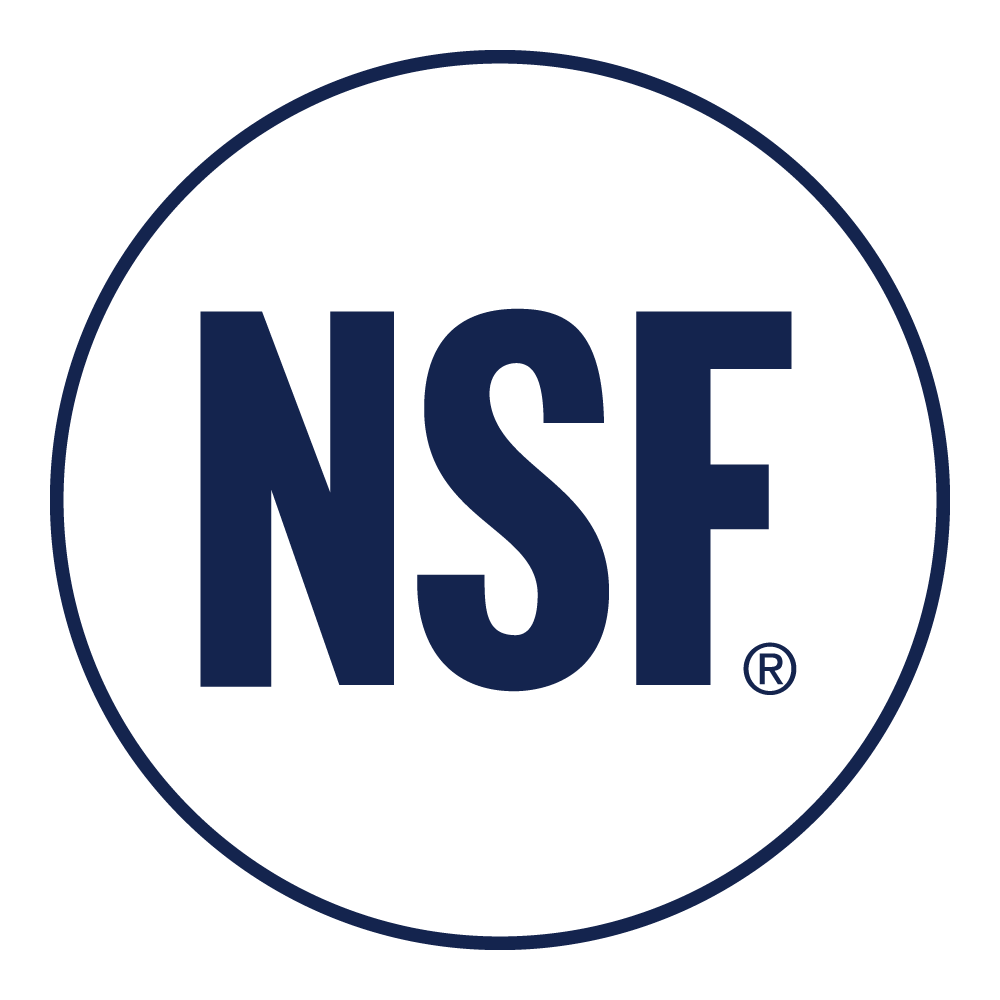Orphan Drugs and Rare Pediatric Disease
The 21st Century Cures Act stemmed from a political spotlight on two girls that could not get treatment for their rare diseases, as presented by Senator Upton in his opening statement at the Legislative Hearing on 21st Century Cures Act.
There are 10,000 known diseases, but only 500 have treatments and 7,000 are considered rare diseases. The Cures Act contains several provisions aimed at advancing new drug therapies including those for rare disease.
Rare diseases are often serious and difficult to diagnose, many affect children and close to 95% lack treatment. The earlier Orphan Drug Act of 1983 created various incentives for sponsors to develop treatments for rare diseases. To be designated as an orphan drug and receive these incentives, a sponsor has to demonstrate that the disease or condition for which the drug is intended meets one of the criteria below:
- It affects fewer than 200,000 people in the US
- If the drug is a vaccine, diagnostic drug, or preventive drug, it will be administered in the US to fewer than 200,000 people per year
- For drugs described in A or B, there is no reasonable expectation that costs of research and development of the drug for the indication can be recovered by sales of the drug in the US
Specifically, the Cures Act under Subtitle B (Advancing New Drug Therapies) further addresses the unmet need of development of treatments for rare diseases.
Targeted drugs for rare disease
Section 3012 of the Act clarifies the authority of the US Food and Drug Administration (FDA) with regard to genetically targeted drugs for rare diseases. The Cures Act helps to advance these therapies by allowing sponsors of genetically targeted technology or variant protein targeted drugs to rely on data for the same or similar technology from previously approved applications by the same sponsor (or another sponsor when given right of reference to this data).
A genetically targeted drug modulates the function of the gene or its associated product. Under the added language in the Act, genetically targeted technology is clarified to mean a technology comprising non-replicating nucleic acid or analogous compounds, with a common or similar chemistry that is intended to treat one or more patient subgroups, including subgroups of patients with different mutations of a gene, with the same disease or condition, and including a disease or condition due to other variants in the same gene.
A variant protein targeted drug modulates the function of a product of a mutated gene where the mutation is responsible in whole or in part for a given disease or condition; and is intended to treat one or more patient subgroups, including those with different mutations of a gene with the same disease or condition. Targeted drugs accounted for a large percentage of orphan drug approvals (60% of orphan drug approvals in 2013 versus 20% of non-orphan approvals). One example of a targeted drug is KALYDECO® (ivacaftor), which was approved in 2012 for treatment of a rare form of cystic fibrosis (CF). It targeted a specific genetic mutation in a subset of CF patients.
Reauthorisation of programme to encourage treatments for rare pediatric diseases
Section 3013 of the Act extends the incentive programme previously enabled by the FDA Safety and Innovation Act (FDASIA) by reauthorising the pediatric rare disease priority review voucher programme until 2020. (Drugs designated prior to 1 October, 2020 will continue to receive a voucher if approved before 1 October, 2022.)
Under this programme, if a drug qualifies for a priority review, the sponsor will receive a unique pediatric review voucher at the time of drug approval. A sponsor can apply this review voucher to a different drug in the future to seek priority review, which has a four-month shorter review clock than a standard marketing application. Also, it allows for the drug company to sell this voucher to others if it does not want to make use of it, with no limit to how many times the voucher can be sold and resold.
The pediatric voucher programme also allows for a product to be designated early in the investigational new drug (IND) stage, which could potentially incentivise early stage investors, or could be requested at a later stage.
The first orphan drug to have used this pediatric rare disease voucher was elosulfase alfa (VIMIZIM®), which was approved in 2014. VIMIZIM® is an enzyme replacement drug for the treatment of Morquio syndrome. The disease affects approximately 800 people in the US.
Government accountability office (GAO) study of priority review voucher programmes
Priority review vouchers were established to incentivise companies to develop drugs for neglected tropical disease, rare pediatric disease (2012), and medical countermeasures. However, this rare disease voucher programme is considered somewhat controversial as to whether it is an effective incentive to develop drugs for rare pediatric diseases, according to FDA officials.
A voucher entitles a sponsor to a six-month priority review by the FDA rather than the ten-month standard review, regardless of whether the drug would meet the requirements for a priority review. GAO published a congressional study in March 2016 that concluded it was too early to gauge the effectiveness of the FDA’s pediatric voucher programme.
The new provision under the Cures Act allows the GAO to assess all priority review voucher programmes (neglected tropical diseases, rare pediatric diseases, and medical countermeasures) for effectiveness and their overall impact. Studies will include an analysis of drugs awarded a specific voucher, including what indications the drug is approved under, the extent the voucher incentivised drug development, and the impact of the drug in addressing the goals of the specific programme.
The studies will also include a review of the specific programmes by assessing resources used by FDA in executing priority review and the effect on products that did not qualify for priority review, estimating the value of the voucher, and reevaluating the goals and other incentives of the programme. The GAO report will be issued to Congress no later than 31 January, 2020.
Amendments to Orphan Drug Act to include grants
Section 3015 of the Act clarifies the use of orphan drug grants to include a broader development process of drugs that treat rare diseases.
The scope of these grants is clarified to include prospective observational studies and other analyses to better understand the natural history of the disease and to aid development of new therapies. These studies may include investigations into the genotypic and phenotypic variability of disease manifestations, identification of distinct subpopulations affected, and development or validation of drug development tools (DDT) related to a rare disease.



